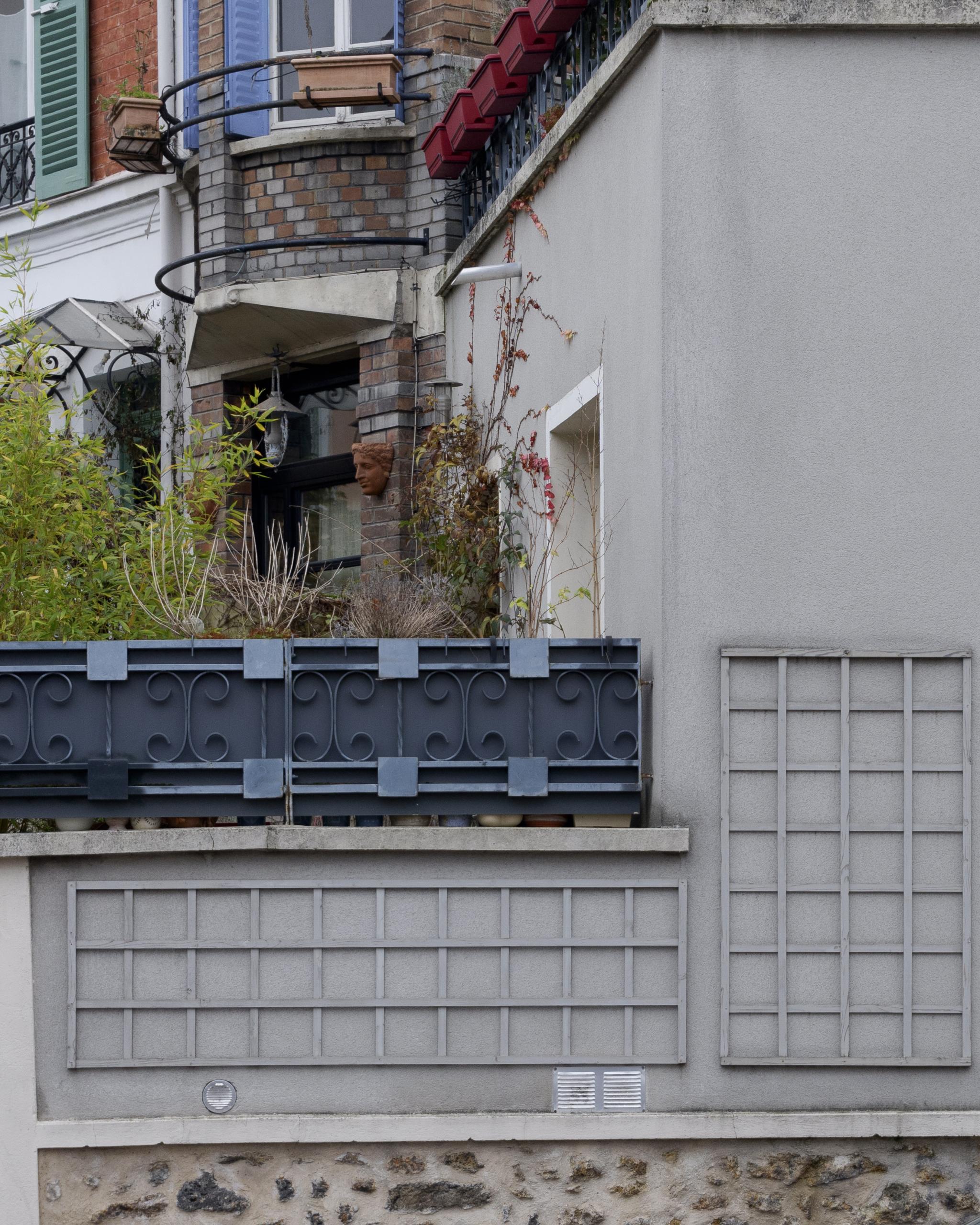During my stay in Paris, regular passages through the Mouzaïa neighbourhood eventually turned into a series of photographs, collected in this little book: mosaïque mouzaïenne , a collection of facades, doors, compositions and “Mouzaïanisms”.
This neighbourhood is a small and relatively hidden gem nestled in the 19th arrondissement of Paris. In its sequence of narrow, pedestrian-friendly streets, residents have taken ownership of their ground floors and facades, exuding a distinct individuality and character. Developed in the late 19th and early 20th centuries, the neighbourhood was originally designed to accommodate workers, many of whom laboured in nearby factories or on the construction of the expansive Buttes-Chaumont park. (selection)
Built with Berta.me
© Maarten Op de Beeck - 2025

